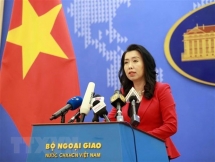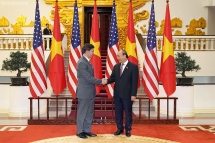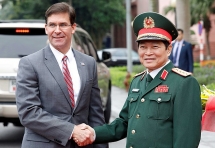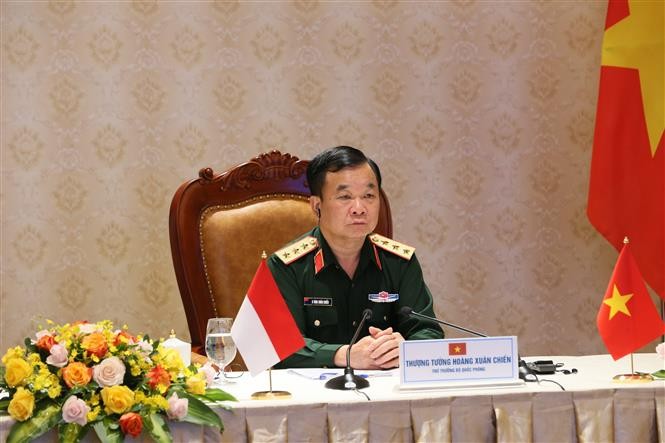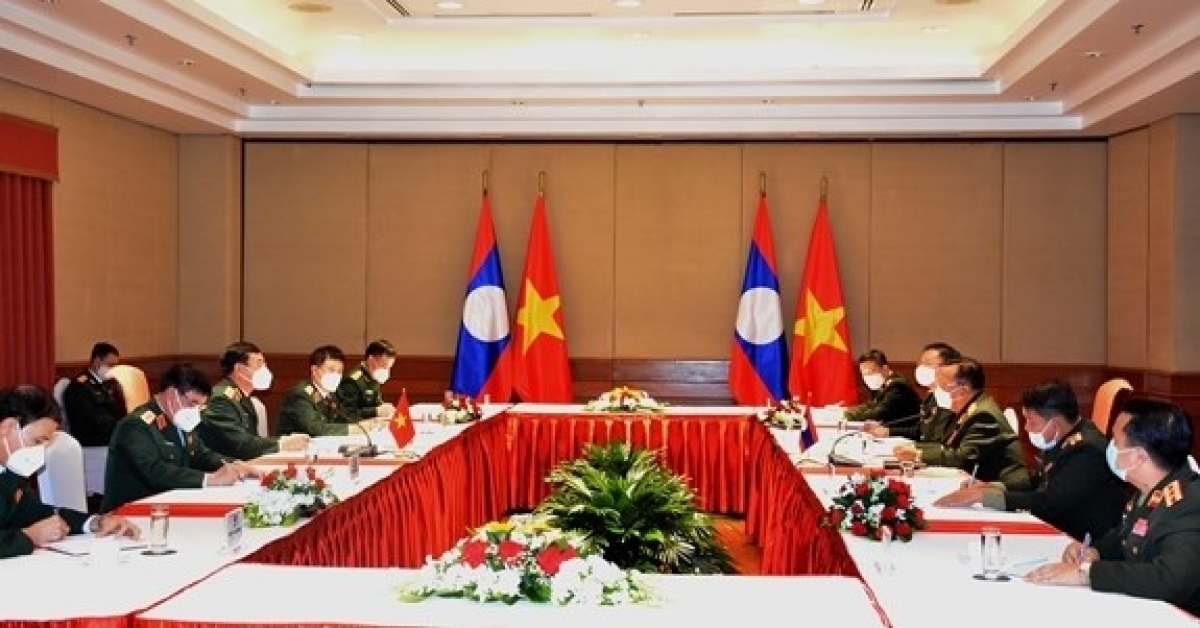Việt Nam launches white paper on national defence
| Vietnam, US look to further defence ties: Spokesperson | |
| US wants to further promote extensive collaboration and defence ties with Vietnam | |
| Vietnam, US to deepen the bilateral defence ties |
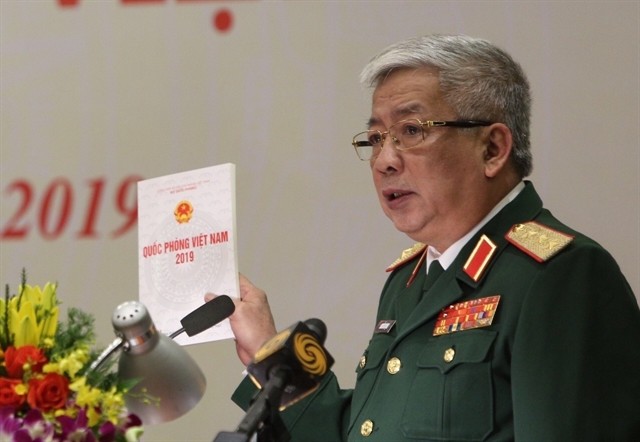 |
| Senior Lieutenant General Nguyễn Chí Vịnh, Deputy Minister of National Defence, introduces the white paper. VNA/VNS Photo |
The 2019 White Paper expounds the country's defense strategy and a number of other military-related policies, with an emphasis on peace and self-defence. This is the fourth document of its kind so far, following the previous three published in 1998, 2004 and 2009.
Speaking at the launching ceremony for the paper in Hanoi onMonday, Deputy Minister of National Defence Senior Lieutenant General Nguyen Chi Vinh said: "The paper aims to advocate transparency in defense policies to enhance trust and understanding between Vietnam and other nations."
In the White Book, the Ministry of Defense emphasized Vietnam's respects for independence, sovereignty, unity, territorial integrity and benefits of all nations in accordance with international law. The country's defense policy is "to settle all international disputes through peaceful measures on the basis of international law, but would take necessary actions to protect its sovereignty, territory and national interests when threatened."
At the same time, Vietnam would not join any military alliance, align with a particular state over any dispute, allow any foreign state to set up military bases on its soil to threaten the sovereignty of others, or use or threaten to use force as leverage in international diplomacy.
According to Vinh, the paper affirms the Communist Party of Vietnam’s leadership in the cause of national defense and provides basic contents on the organisational structure of the Ministry of Defense, orientations to build the people’s army and militia, and transparency of the defense policy and Vietnam’s defence capacity.
The paper, published in two languages (Vietnamese and English), consists of three main parts, namely strategic context and national defense policy, building the all-people national defense, and people’s army and militia.
Recommended
 National
National
Vietnam News Today (Jun. 6): Foreign Investment in Vietnam Surges in Five Months
 National
National
Vietnam News Today (Jun. 5): PM sets off for attendance at UNOC 3 in France, official visits to Estonia, Sweden
 National
National
Vietnam News Today (Jun. 4): Vietnam - Promising Candidate for Southeast Asia’s Next Powerhouse
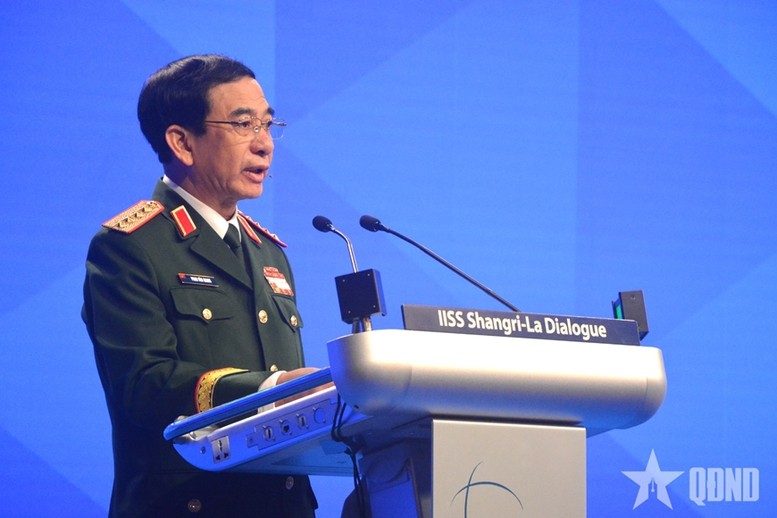 National
National
Shangri-La Dialogue 22: Vietnam Highlights Some Issues of Ensuring Stability in a Competitive World
 National
National
Vietnam News Today (Jun. 3): PM Pham Minh Chinh to Attend UN Ocean Conference, Visit Estonia, Sweden
 National
National
Vietnam News Today (Jun. 2): Vietnamese Trade Mission Sounds Out Business Opportunities in United States
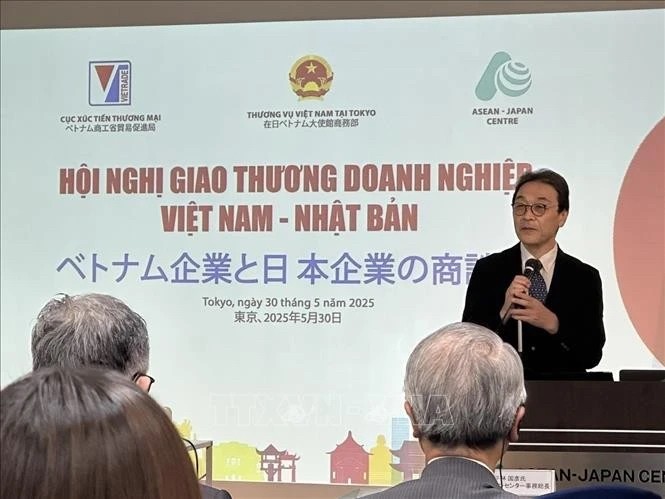 National
National
Vietnam News Today (Jun. 1): Vietnamese, Japanese Firms Foster Partnership
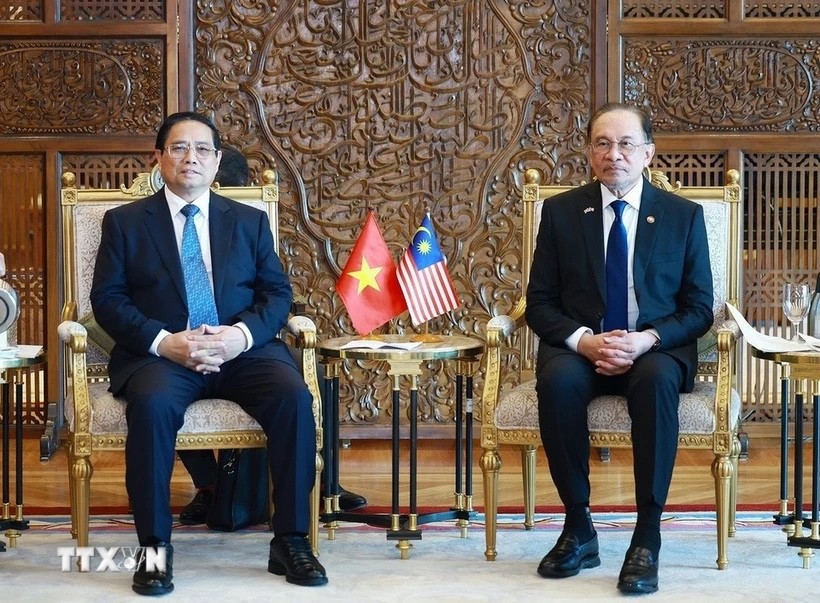 National
National

